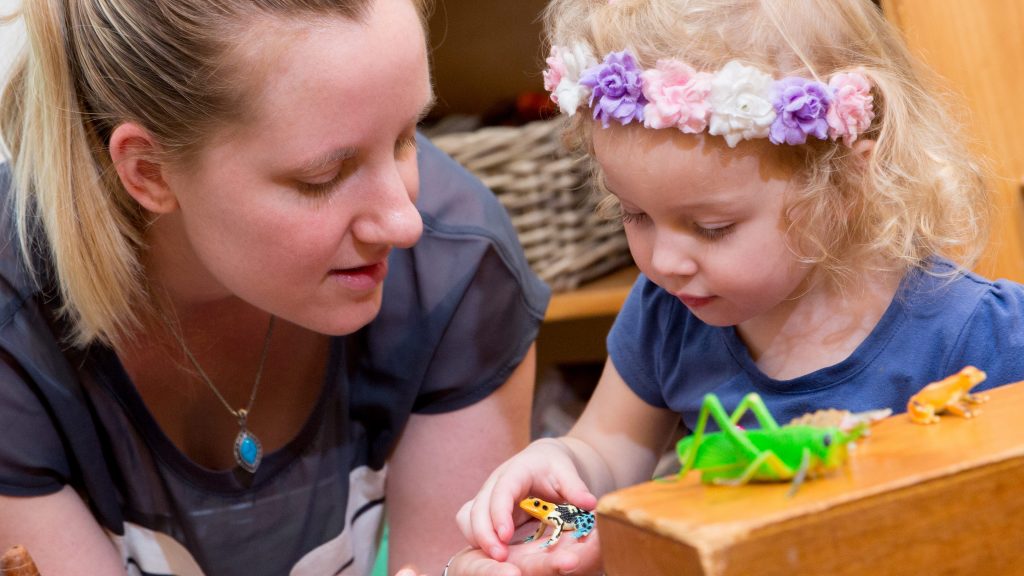What is learning-oriented talk?

When they interact with educators and peers in early childhood centres, young children use language both to demonstrate what they already know and to build new knowledge. Such use of language is known as ‘learning-oriented talk’ and includes the following key features. Children talk about thinking and knowing. They propose reasons and explanations. They share their knowledge about past and future events. A lot of questions are asked. Children talk about maths, science and literacy concepts, as well as abstract notions or objects that cannot be seen and people that are not present in the environment where interaction takes place.
These observations allowed us to understand when children start to use different features of learning-oriented talk, and what such interactions sound and look like during children’s everyday activities. Young children’s ability to use learning-oriented talk allows them to extend their knowledge through interactions with educators and peers, and lays the foundations for future academic success.
The resources on this site were developed from the ToddlerTaLK study project, conducted by researchers from the Centre for Research in Early Childhood Education, Macquarie University in 2021-2022, where the language use of 27 toddlers was observed from when they were two and a half years of age to the time they turned three and a half.
